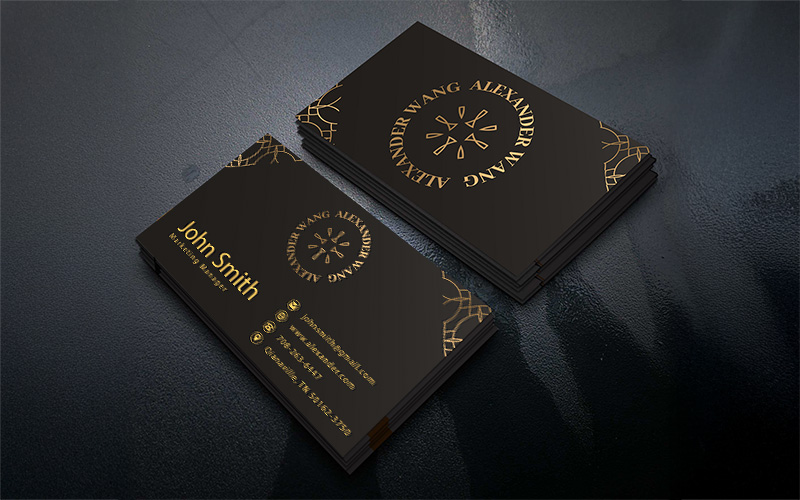
One of the strange paradoxes of scientific discovery is that no matter how plodding and careful science is about most developments, some of the most astounding discoveries have occurred purely by accident. The most famous of these was the discovery of penicillin.
This discovery only occurred because biologist Alexander Fleming took a vacation. Returning to find that his staph bacteria petri dishes were contaminated with an invasive fungus, he observed that the fungus had repelled and killed the bacteria. The age of antibiotics was born.
Dozens more examples demonstrate that the happy accident is one of the most valuable resources in human development. One of the earliest known examples occurred when, for better or worse, some Chinese experimenters looking for the elixir of eternal life accidentally discovered gun powder, instead.
In 1938, a du Pont chemist discovered that his experimental gas had escaped its container and that a strange slippery substance was left behind. Teflon was born. Much earlier, an English pharmacist withdrew a stirring rod from his chemicals only to notice a dried clump of hard material stuck to the end of it. In trying to scrape it off, it ignited and burst into flame. The strikable match was the result. Velcro was invented by a Swiss engineer intrigued by how burrs stuck to his dog’s coat. The implantable heart pacemaker was stumbled upon when an assistant professor accidentally grabbed the wrong size resistor from a box.
These examples are only a few of the many wonderful discoveries that have graced the world by a scientific accident. Their value is immense, and the world has grown richer by their discovery only through the adaptability of those who discovered them. In many cases, something else was the target goal at the time. Their discovery was an unanticipated byproduct born of the flexibility of the discoverer.
In business, it pays hefty dividends to be flexible enough to adapt to new developments and to make use of unexpected benefits. As the maker of a fairly unsuccessful wallpaper cleaner, Kutol Products was near bankruptcy when children began using the product to form Christmas tree ornaments in arts and crafts projects. The entrepreneurs were clever enough to see this unexpected use as a gift, and the company was saved by the new marketing of the modified product as Play-Doh.
A similar story is told of the development of another novelty toy, Silly Putty. In 1943, a World War II rubber shortage prompted the government to commission research from General Electric chemists for the creation of an alternative. The resulting elastic compound was ineffective at replacing rubber, but it was intriguing nevertheless. Samples were circulated, but until an enterprising toy store entrepreneur named Ruth Fallgatter saw the stuff in 1949, no one had any use for it. Fallgatter saw some potential and hired copywriter Peter Hodgson to include the item in her seasonal catalogue. While it outsold everything else in the catalogue, for some reason she lost interest and abandoned the substance.
Hodgson, however, had a clearer vision of its potential and picked up the entrepreneurial torch, renaming the product Silly Putty. It took some time, but his ability to adapt paid off. A New York Times columnist mentioned it in a very positive light, after which sales topped $750,000 in the next three days.
Speaking of gummy substances, we have alluded to the 29-year-old William Wrigley who decided to offer free baking powder as an incentive to market his scouring soap. The idea was so good that the powder became more popular than the soap. So, he offered free chewing gum to market the powder, and the gum became more popular still. Thus was born the Wrigley chewing gum empire, from humble beginnings in soap and baking powder.
Like William Wrigley, Peter Hodgson, and the brighter minds at Play-Doh’s Kutol Products, always remain alert to the potential for happy accidents and adapting to situations and possibilities.



